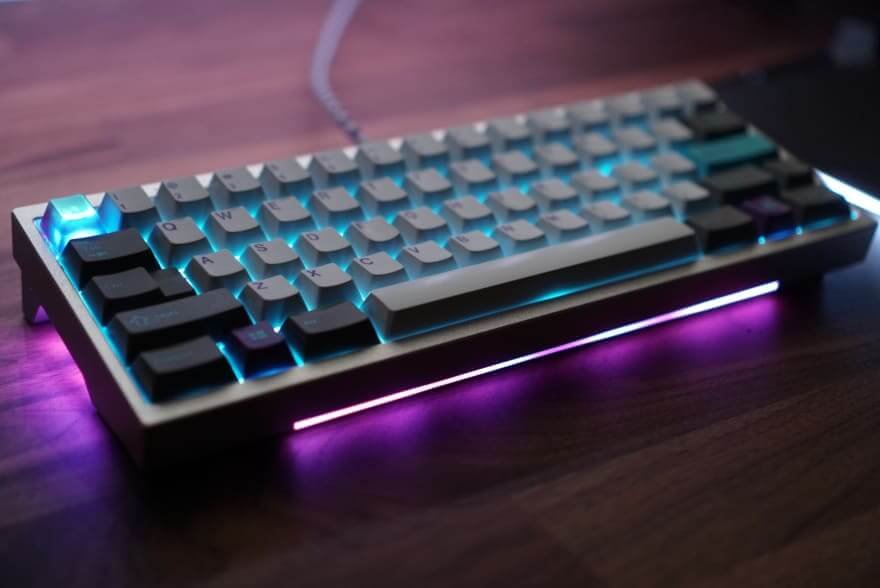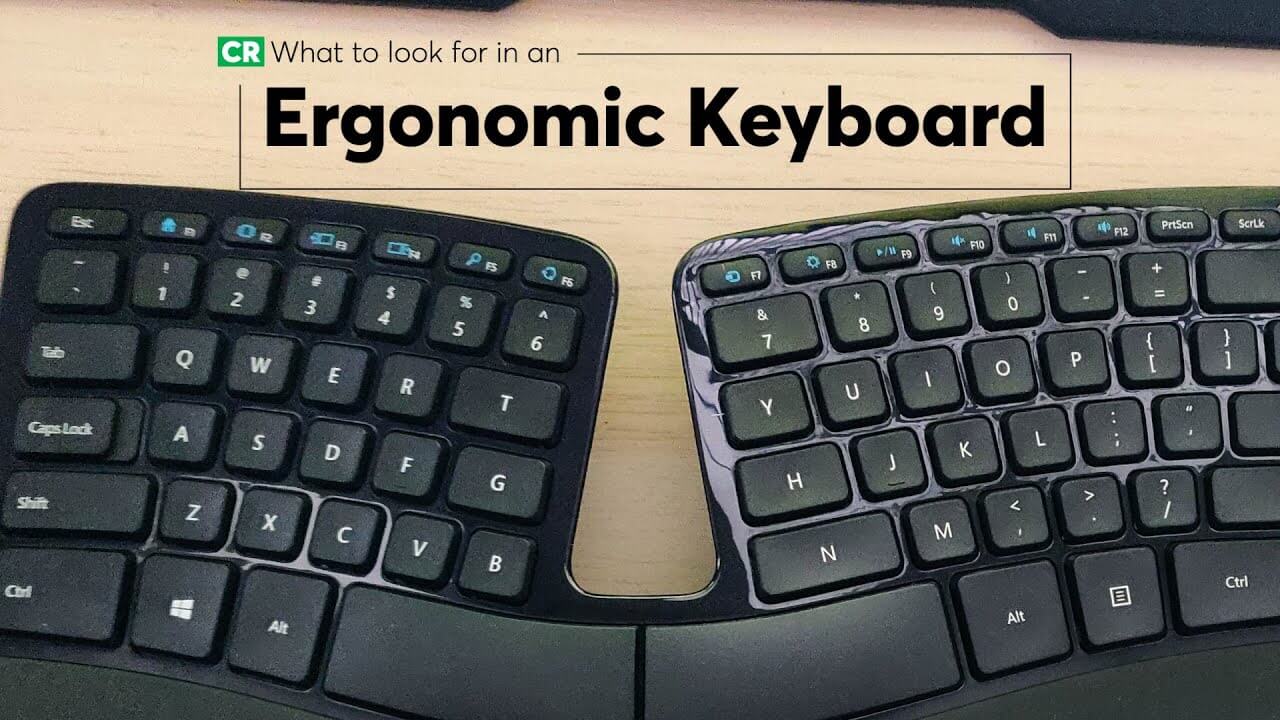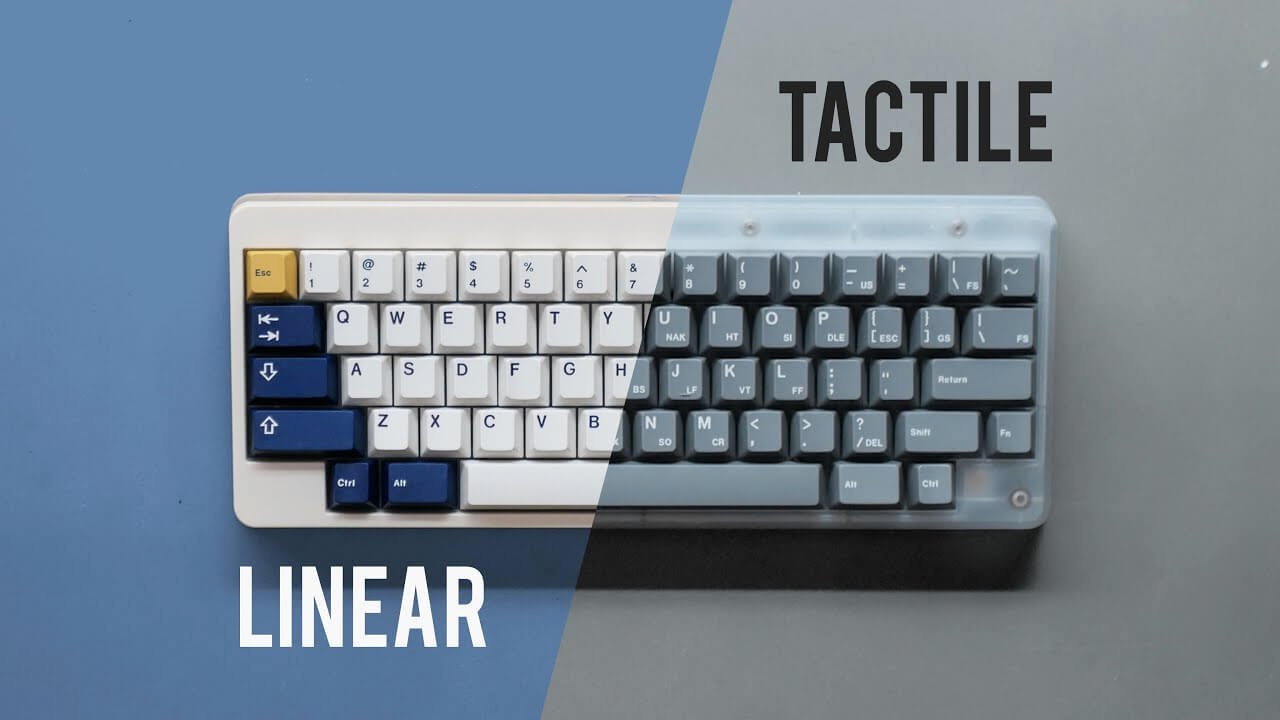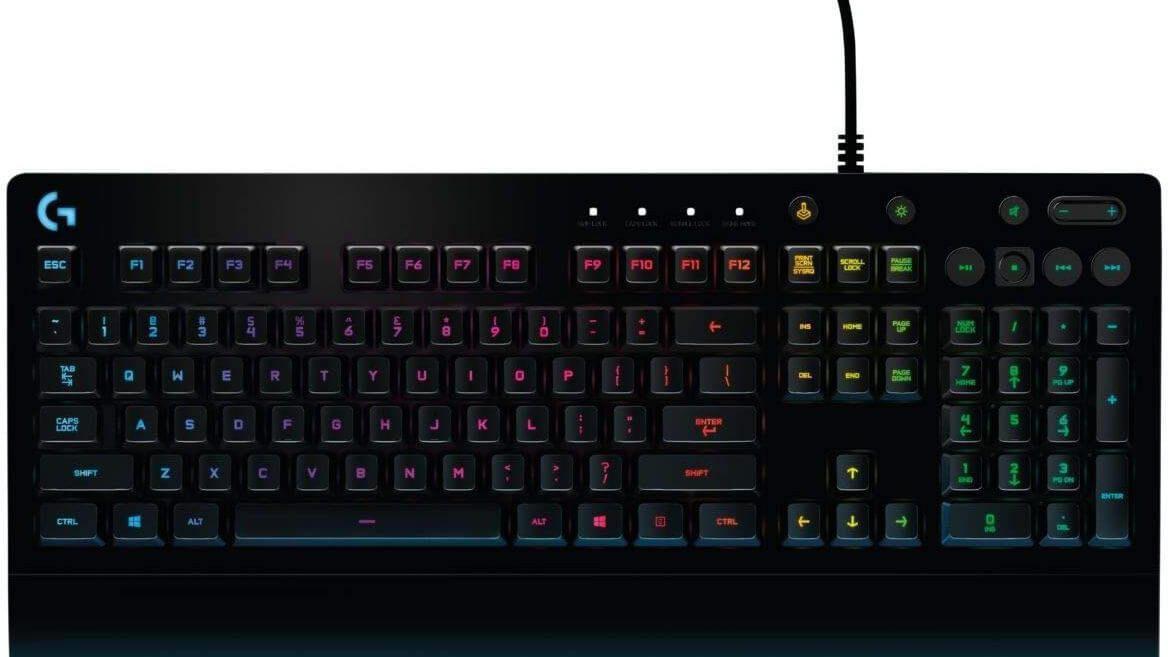There are several types of keyboards. These include Multifunctional, Linear, Membrane, and Ergonomic keyboards. These keyboards are designed to give positive feedback when a key is pressed. Some keyboards also have touch-sensitive features that provide additional feedback. These keyboards may be used in hands-free devices.
Multifunctional keyboards
Multifunctional keyboards can help users navigate through a variety of applications and tasks. They include customized keypads, fully programmable function keys, and soft keys for macros. Some models also feature biometric or smart card readers, trackballs, and touchscreen displays. These devices can provide users access to PCs, external devices, or information sources. Some models feature pressure-sensitive writing tablets, which can be used to write on the screen.
In addition to providing a specialized key, multifunctional keyboards also support voice recognition. When a user opens an application requiring a specific function, the multifunctional keyboard automatically switches to the appropriate mode. Alternatively, this function can be triggered by a user’s selection or by an application activation.
One such keyboard is the FICIHP Multifunctional Keyboard, which can be ordered on Kickstarter. Depending on your needs, you can buy two or three units for $239. Both versions of the FICIHP Multifunctional Keyboard display the same as the ZenBook Duo’s secondary display. The show is a 1,920 x 515-pixel panel and operates at 60 Hz. The keyboard also has a touchscreen feature, a big plus in my book.
In addition to telephony and data modes, a multifunctional keyboard can be used in joint, telephony, and data mode. This feature helps users manage and control the number of keys on a keyboard. This way, multifunctional keyboards reduce the need for extra keys in a computer system.
A multifunctional keyboard may include membrane keys or mechanical keys. The keys can control several operations, including volume, brightness, and events. Some models even have a touch screen or biometric scanner. These multifunctional keyboards are used in professional multi-screen working environments and can be customized to suit a specific user.
Ergonomic keyboards
Ergonomic keyboards are designed to reduce muscle strain and fatigue. They are designed in a V shape so that the hands can rest at a natural angle while typing. Ergonomic keyboards are also useful for people who use their hands to type two-handedly. These keyboards are generally built to be comfortable and durable.
Ergonomic keyboards are split down in the middle and have separate sections for the function keys and the numbers. This allows you to reprogram your typing style to work with the new layout. Before, you may have shifted your hands over the keyboard and calculated the proper movements to type. A good ergonomic keyboard will tell you to use your left hand for the Y key and your right hand for the V key.
Ergonomic keyboards are designed to reduce finger fatigue and reduce typing noise. They can also be made to fit neatly into a pocket. When folded, the keyboard is only four by six and a half inches, making it convenient to carry. Despite the size, you may not feel comfortable using a keyboard like this if you are not used to it.
An arc keyboard is another ergonomic keyboard designed for a more comfortable typing experience. Its split body design lets you place your hands comfortably and relax your wrists and arms. In addition, this keyboard allows you to adjust the angle and position of the keys as needed. This makes the keyboard easier to type while sitting or standing.
Ergonomic keyboards are a good way to prevent repetitive typing injuries and can also help you increase your WPM (words per minute) and reduce the strain on your wrists.
Linear keyboards
Linear keyboards use a series of switches that follow a line. Because of this, linear regulators can be hard to master and cause your fingers to get painful or even bottom out. However, they can also be a lot of fun. Although they aren’t for everyone, gamers often use them for speed, ease of use, and smooth movement.
Linear keyboards also feature consistent key resistance. This means that pressing a key down creates the same amount of resistance. Linear keyboards are great for gamers and people who want to type without getting tired. As a bonus, the linear switches are often silent. However, linear regulators’ resistance depends on the force you apply to move the spring.
Linear switches are also great for beginners. While you may have to get used to them quickly, they’re not nearly as loud as clicky ones. This is a good feature for people who dislike clicking keys. In addition, linear switches allow for more fluid movement, increasing productivity. However, if you’re a mechanical keyboard user, it may take some time before you become comfortable with linear switches.
Linear switches are also excellent for quiet environments. Unlike tactile buttons, linear keyboards do not produce much noise, making them perfect for quiet environments. This is especially beneficial for people who spend long hours at work. Because they don’t generate a lot of noise, they are not a good choice for loud environments. However, if you’re looking for a quiet keyboard to enhance your productivity, linear keyboards may be the way to go.
Linear keyboards are quieter than tactile ones, making them great for competitive gamers. This means you don’t have to worry about disturbing your fellow gamers. However, some people prefer the tactile feel of the keyboards. A tactile key can give you an unpleasant bump that you may find annoying. If you don’t like the spot, you might have difficulty registering the key on the keyboard.
Membrane keyboards
Membrane keyboards are different from traditional keyboards in that there are no separate moving parts. Instead, the keys are flat, with pressure pads, symbols, and outlines. This type of keyboard also lacks tactile feedback. Because the keyboard does not have separate moving parts, users have little tactile feedback.
Because membrane keyboards do not have moving parts, they are easier to clean than traditional keyboards. They also have fewer components, making them easier to replace when they break or become damaged. Membrane keyboards are more affordable, but they’re not for everyone. Some people prefer the tactile feedback that mechanical keyboards provide, and others prefer a more durable keyboard setup.
Membrane keyboards create electrical contact between the keyboard’s top membrane layer and underlying circuitry. The membrane layer is usually polyester, a pliable, elastic material. Most membrane keyboard manufacturers use a sheet of polyester printed with conductive traces and folded three times.
Membrane keyboards aren’t as durable as mechanical keyboards, but the right features can extend their lifespan. For example, some membrane keyboards feature spill-resistant designs and braided cables to increase durability. Whether you choose a mechanical or membrane keyboard, ensure it’s compatible with your system.
Generally speaking, mechanical keyboards are the better choice if you’re a heavy gamer or coder. They’re less expensive and have quicker key actuation. A membrane keyboard will do fine if you don’t play a lot. It won’t be as tiring and is more versatile than a mechanical keyboard. If you occasionally play online games, membrane keyboards may not be necessary.
Membrane keyboards are cheap and easy to manufacture, which makes them a popular choice for low-cost users. Although they’re not as comfortable as mechanical keyboards, they’re durable and easy to clean. Some users find that their fingers feel more comfortable on membrane keyboards.
Wireless keyboards
Wireless keyboards and mice can communicate via radio frequency or infrared technology. A wireless keyboard is typically paired with a wireless mouse so you can use the same keyboard and mouse in different locations. These devices are great for traveling and are an excellent alternative to the traditional wired keyboard and mouse set.
Wireless keyboards and mice can be very comfortable to use. They can also be used on multiple devices without wire clutter. Wireless keyboards allow you to easily switch positions and keep your hands comfortable while typing. They are also ergonomically designed to reduce fatigue. They can be used with PCs, laptops, tablets, and mobile phones.
Unlike a wired keyboard, wireless keyboards and mice require pairing with your PC. They also need batteries, which will drain over time. These batteries are less expensive than the equivalent Duracell or Energizer rechargeable batteries, but they still run out faster. You can extend the life of your wireless keyboard by turning off the backlight.
Another way to get the right wireless keyboard is to check its features. A wireless keyboard may have extra features, such as a 10-key panel. A wireless keyboard can also come with Bluetooth connectivity. If your PC is capable of Bluetooth connectivity, then a wireless keyboard will be easy to use. You can purchase a USB dongle if your PC does not have this option.
One of the main advantages of wireless keyboards over wired ones is the lack of cable clutter. If you are a gamer, you may want to use a keyboard with a lower actuation distance. Wireless keyboards are also much better for typing in unusual positions.






Average Rating